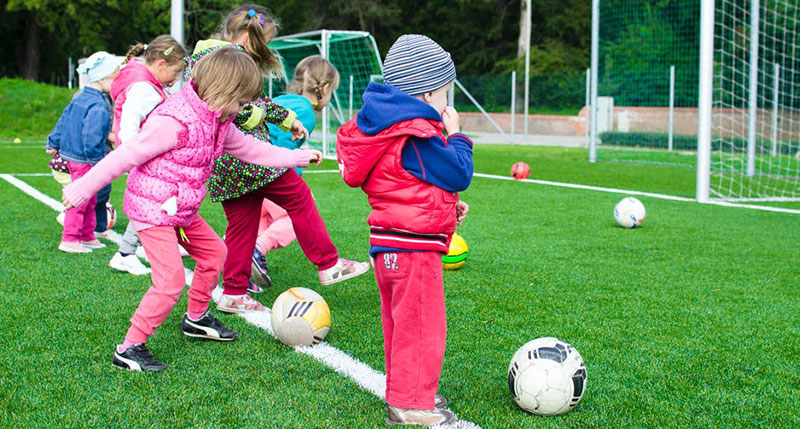The numbers don’t lie: Nearly one in five children has obesity, and the prevalence of childhood obesity is on the rise. It’s time to take a close look at what you, as a parent or guardian, can do to promote a healthy weight for your child.
The Way to Address Childhood Obesity
Genetics, environment, family circumstances, level of physical activity, and food choices all impact a child’s obesity risk. A combination of sedentary, screen-filled days and calorie-dense, nutritionally devoid food choices can easily lead to substantial weight gain, especially when combined with insufficient or low-quality sleep.
However, unlike obese adults, for whom healthcare providers are likely to suggest a weight reduction diet, the approach is somewhat different for children with obesity. Instead of encouraging children to lose weight, the goal should be to reduce the rate of the child’s weight gain, while still allowing for a normal rate of growth and development. Restricting food intake for the sake of weight loss can negatively impact a child’s healthy rate of growth.
What You Can Do
If you’re concerned about your child and think they may be at risk for childhood obesity, start monitoring your child’s choices. What are their eating habits? Sleeping habits? Level of physical activity? If you see room for improvement, you’ll know just where to begin.
To help you guide your child to a healthy weight and positive body image, here are four things you can do, starting today.
- Introduce more good food choices
Your child can’t make healthy choices if they don’t know what healthy looks like. To help children develop positive eating habits, try providing an assortment of healthier options instead of whatever they usually grab. Easy examples include:
- 1 cup of dippable veggies and a 2-tablespoon blob of hummus
- A scoop of tuna wrapped in a lettuce leaf
- Homemade kale chips
- An apple, banana, or orange
- Cut out the junk
Intentionally having healthy choices available for your kids before you start snatching away the junk food can help keep mutiny at bay. But eventually, the bon-bons still need to go. Restricting access to high-fat, high-sugar, highly processed, and highly salty snacks is an essential step toward helping your children develop healthy eating habits.
You can take the extreme approach, purging these items from your house entirely. Or, store them away, out of sight, and reserve these foods for rare occasions, so your kids learn to view them as treats.
- Get moving
There’s no getting around it: Our bodies are designed to move. But with all our screens, modern life tends to be fairly sedentary.
To improve your kids’ health, and maybe even reap a few benefits yourself, make it a point to get moving. Remember, children imitate adults, so you may find adding physical activity to your own routine encourages your child to get active, too! Kids under the age of five should be actively moving throughout the day; ages six to 17 need at least 60 minutes of movement daily. Physical activity helps kids develop stronger bones, reduce blood pressure, alleviate stress and anxiety, and improve self-esteem.
- Sleep it off
It may seem an odd contributing factor, but too little sleep is directly associated with childhood and adult obesity, perhaps in part because skimping on sleep leaves us feeling tired during the day. When this happens, we reach for sugar to help us through … until we crash again. This vicious cycle of spikes and falls is incredibly taxing on the body; the only real solution is quality sleep.
To support your child’s health, bedtime should be consistent throughout the week, and electronic devices should be kept out of bedrooms. With enough quality sleep, you can help your child stop the sugar cravings, make healthy food choices, and have enough energy to play hard, all day, every day.
Remember, maintaining a healthy weight won’t happen overnight. Making positive health changes usually means starting small; daily actions really do make a difference over time. By doing what you can now to help your child maintain a healthy weight, you’re teaching your child how to effectively care for themselves for the rest of their lives.
And there’s no better gift than the gift of lifelong health.

